When people hear the name ORWO, they mostly think of their brilliant motion picture films, UN54 and N74. Their newer offerings include the recently announced but yet-to-arrive NP100 and NP400 plus NC500. But that is only a small cross-section of their original offerings. ORWO, or rather ORiginal WOlfen is built in Wolfen, Germany, the original Agfa plant that ended up on the eastern side of the iron curtain and continued to produce films and developers after World War Two through the Cold War. Their films became popular among photographers in East German and the Soviet Bloc. My first experience with ORWO films is one of these Cold War Era products, NP55. But they had other offerings, and I’ll review one of these historical ORWO films, NP20. The datasheet in the box describes NP20 as a Panchromatic film explicitly designed for portraiture. It combines both balanced gradation and fine graininess harmoniously. If you think that sounds funny, it says so in the datasheet.
Film Specs
Type: Panchromatic B&W
Film Base: Acetate
Film Speed: ASA-80
Formats Available: 135 (35mm), Medium Format (120)
Discontinued: Discontiuation Date is Unknown
Roll 01 – Ilford ID-11
There will always be certain downsides to using 120 films of a certain era from the former eastern bloc. Not to mention a great deal of base fog, and both the songs are present in these negatives. But looking past the fog and the mottling, these negatives are surprisingly sharp and have incredible tonality. While there is some grain, the grain certainly helps with edge sharpness and, combined with the tonality, produces images exactly how the datasheet describes. There is a lot of contrast here but plenty of detail between the highlights and shadows, which is undoubtedly a strong start for this film.




Roll 02 – Ilford Ilfotec HC
There’s nothing wrong with a touch of overexposure when shooting an expired film. And despite low-speed film handling age better than fast films, I fired at ASA-50, then developed in a dilute mix of Ilfotec HC, going with a 1+47 dilution. While not my usual choice, I knew these were winners upon pulling the negatives out of the tank. Out of the rolls I’ve shot so far. These are my favourite, putting aside that these had the least negative effects from the expired nature of the film. I found the grain structure and edge sharpness is on point and pleasing. What makes these images is the contrast and tonal separation, especially in direct bright sunlight. While I use more dilute mixes typically, I feel the 1+47 is the sweet spot for the film.
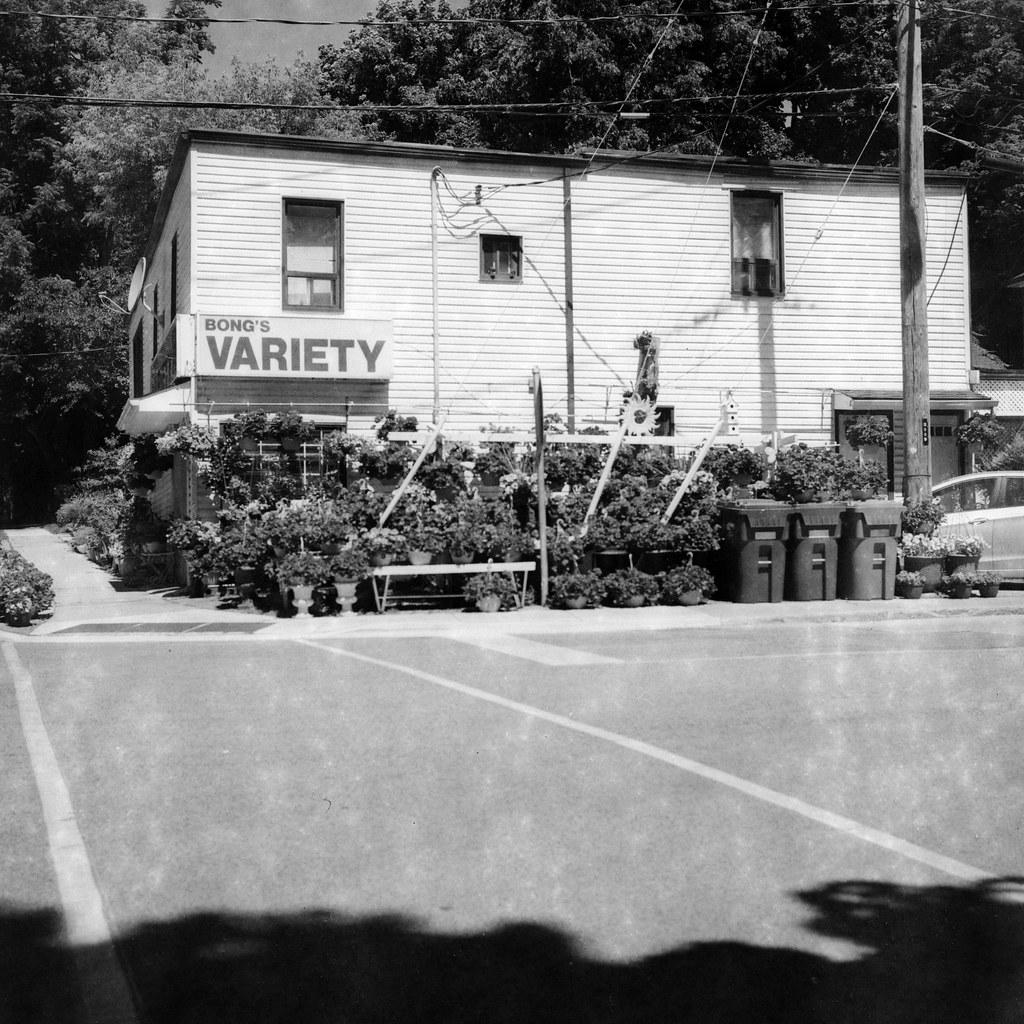

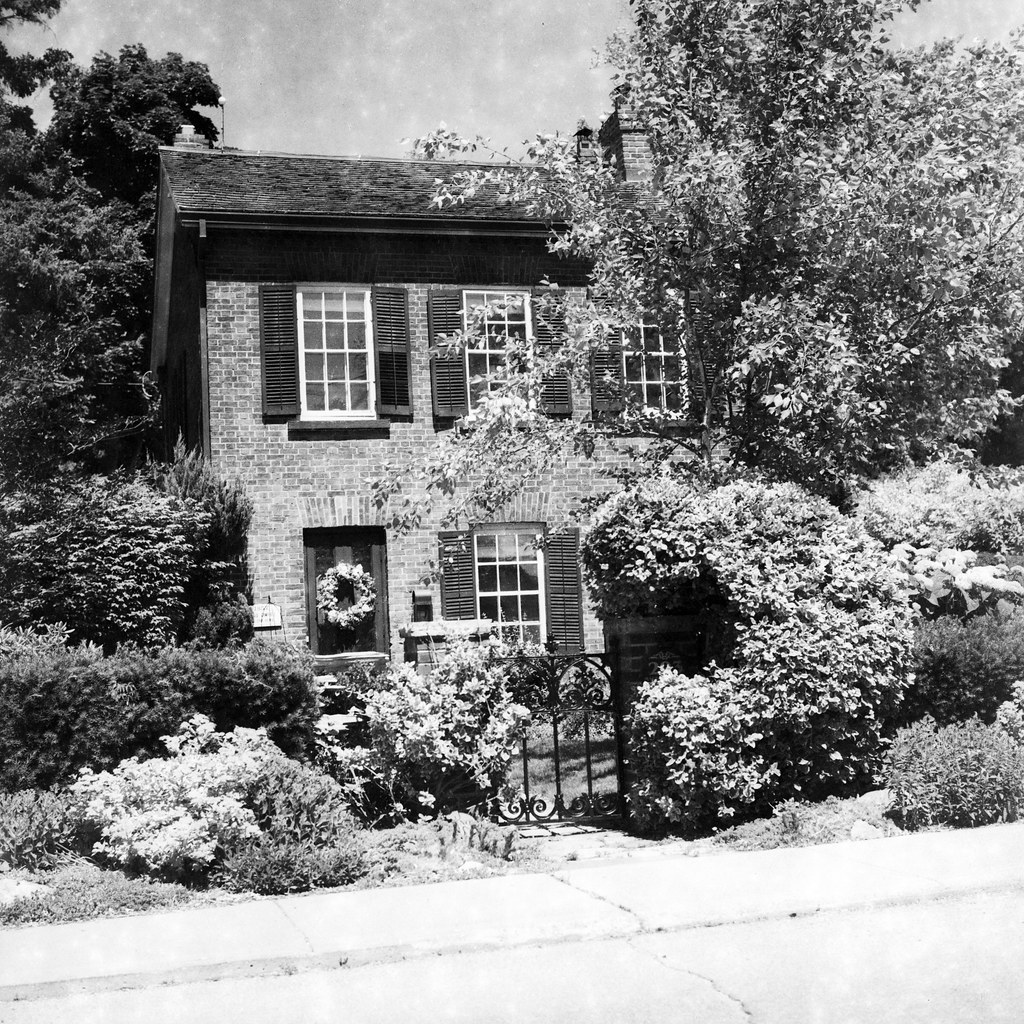
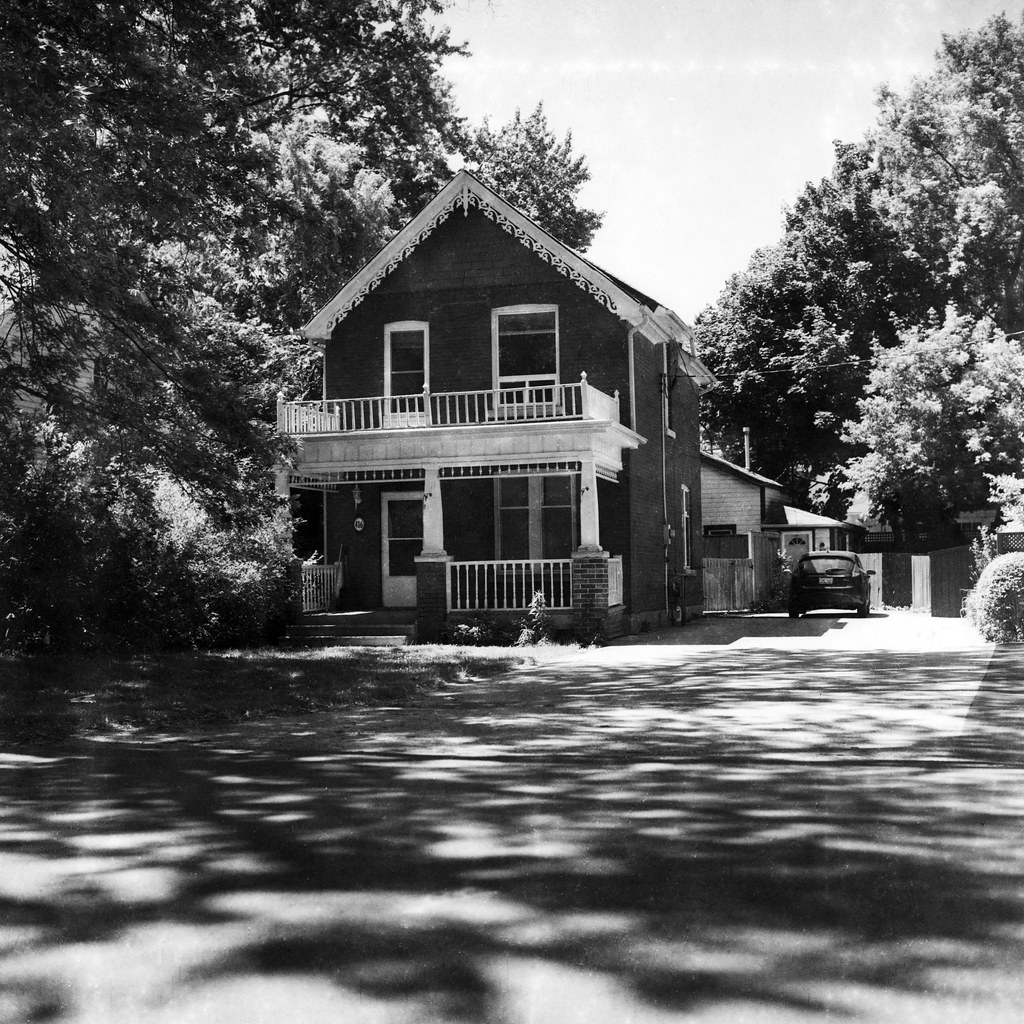
Roll 03 – Adox Rodinal
For roll number three, the lighting was in some sections a bit messy, though filtered foliage; I tried to get the shots where the light broke through the canopy overhead. The idea is to test the latitude of the film stock. And there is some decent latitude, although Rodinal may not have been the best option for development in this particular case. I can see that Rodinal would be an excellent choice for NP20 when the film was fresh. Despite enhancing some of the worst aspects of expired film, the results I got from this roll remain excellent. A rich and deep contrast and excellent sharpness both on the edges and in tonality. While the grain is undoubtedly more, it certainly helps edge sharpness. It probably would have done better with a bit of over-exposure, given the age of the film.
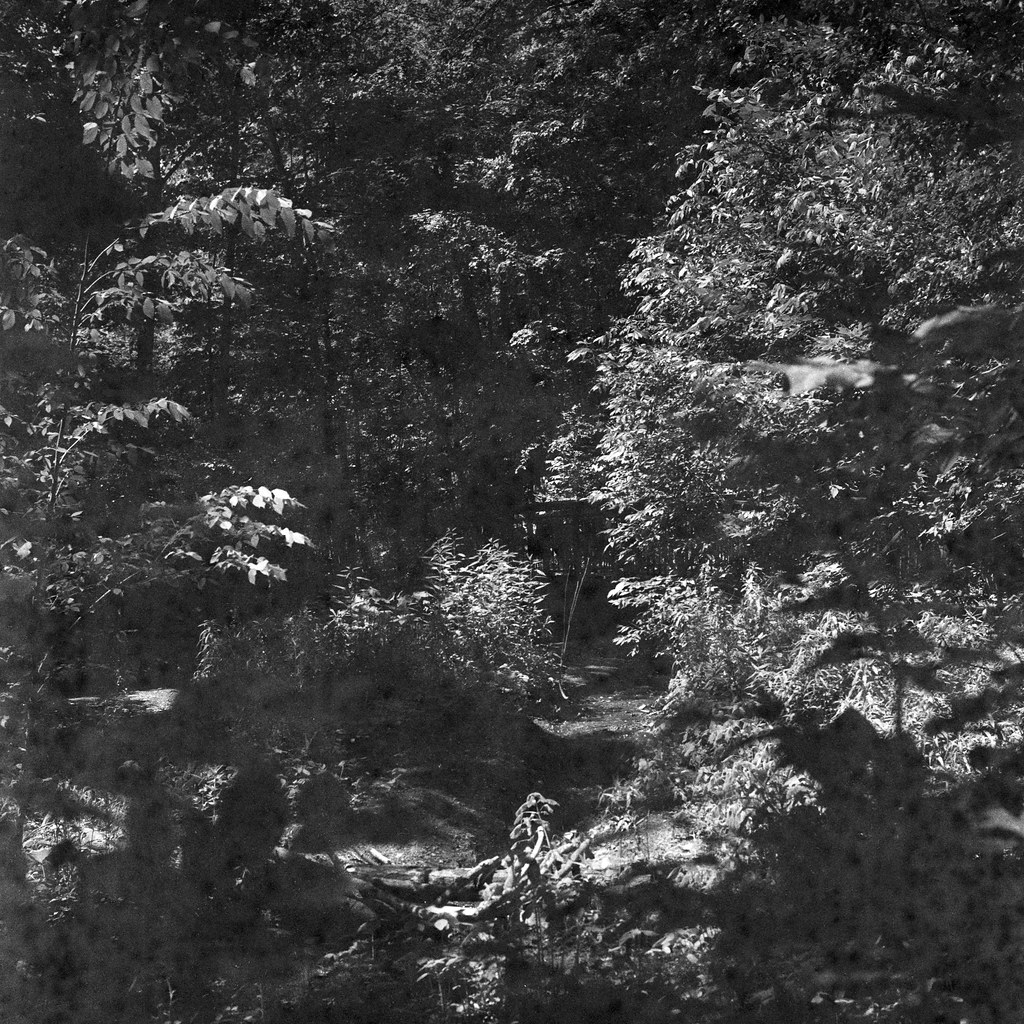



Roll 04 – Adox XT-3
I like these results! I also am surprised at how well a modern developer handles this classic emulsion. But after thinking a bit about the development and film stock, it shouldn’t surprise me as it seems that XT-3’s qualities match what ORWO intended for NP20. While we have to look past the deleterious effects of harmful expired medium format stock, you get excellent results. These are both sharp and fine-grained. And while the contrast is high in mixed-light conditions, when out in bright sunlight or shade, the results are consistent and have good tonal separation. These are some of the best results I’ve gotten from this review.



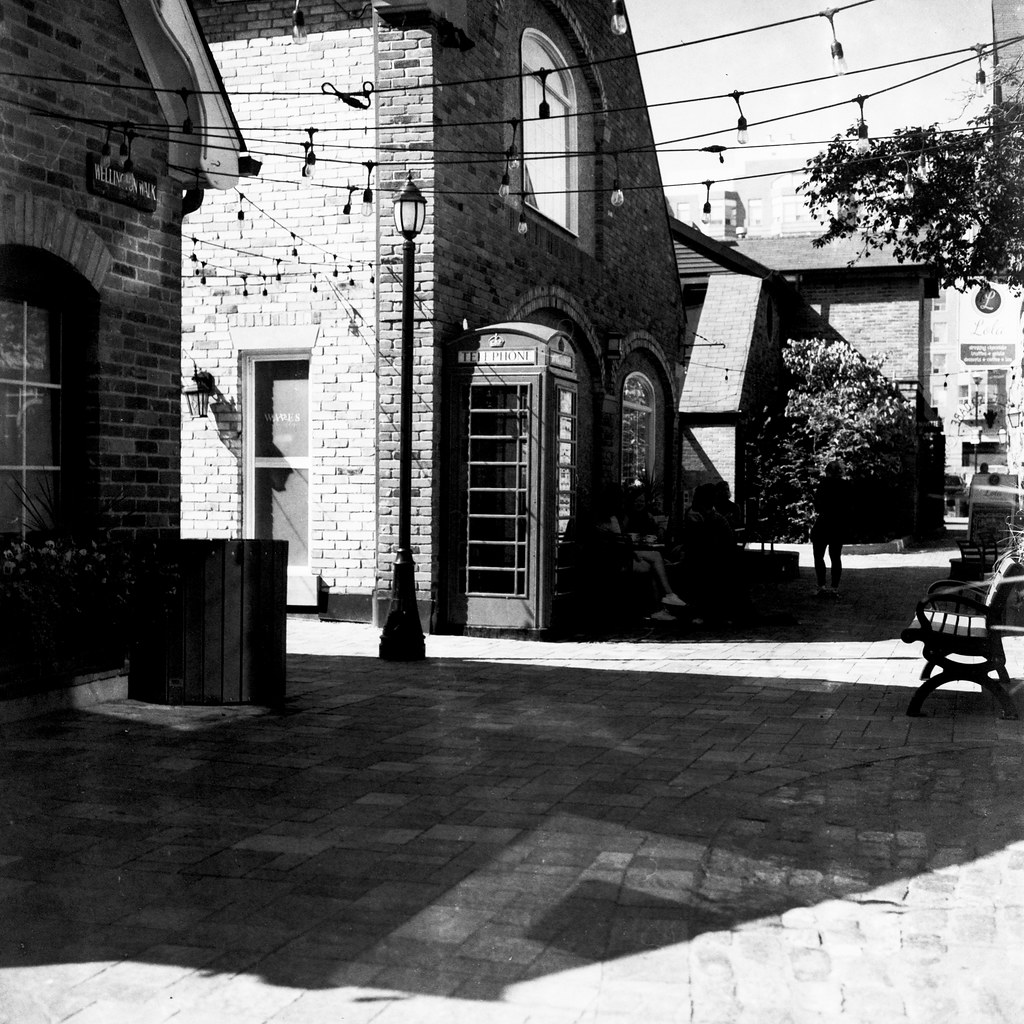
Final Thoughts
With any expired film, it is always best to know how it has been stored and purchased from a trusted source. While I’ve always had better luck with western films, eastern films have a unique way of expiring, especially with the backing paper causing issues on the negatives. I’m not complaining; it is fantastic, and I like that in an expired film. Despite the base fog and the moulting, I’m surprised at how easily NP20 scanned, with my V700 and Silverfast handling these negatives like a champ. And plenty of information was scanned to allow for easy adjustments in post-processing. What helped is that the film did not curl and dried flat. I like NP20 as a film and can only look at images captured on it to see how it looks fresh. And if I ever see it in 35mm, I’ll pick it up and give it a shot! I want to explore more of the original lineup of ORWO films and continue trying out their modern offerings!
Further Reading
Don’t just take my word on NP20; you can check out the reviews by other awesome camera reviewers!
Lomography – The Incredible Soft Tones of Orwo NP 20
PhotoRoobit – Film test: ORWO NP 20 from the year 1970 or 1971
So Expired – Shooting Expired Film ORWO NP20

Alex, great review of a fantastic film and I’m a huge fan of NP22 – my review of it is here:
https://emulsive.org/articles/5-frames-of-30-year-expired-orwo-np22-ei-80-120-format-hasselblad-500cm-by-tim-stephens
Have you developed NP100 yet, and what developers did you prefer, temps, times? I just ordered some so I’m anxious to try.
Any development experience with Dekopan F17? Another 90’s expired film that is another classic.
I do have NP22 on my list to find for a review! Great article! I have not even received my NP100 yet!! I will also keep an eye out for Dekopan!